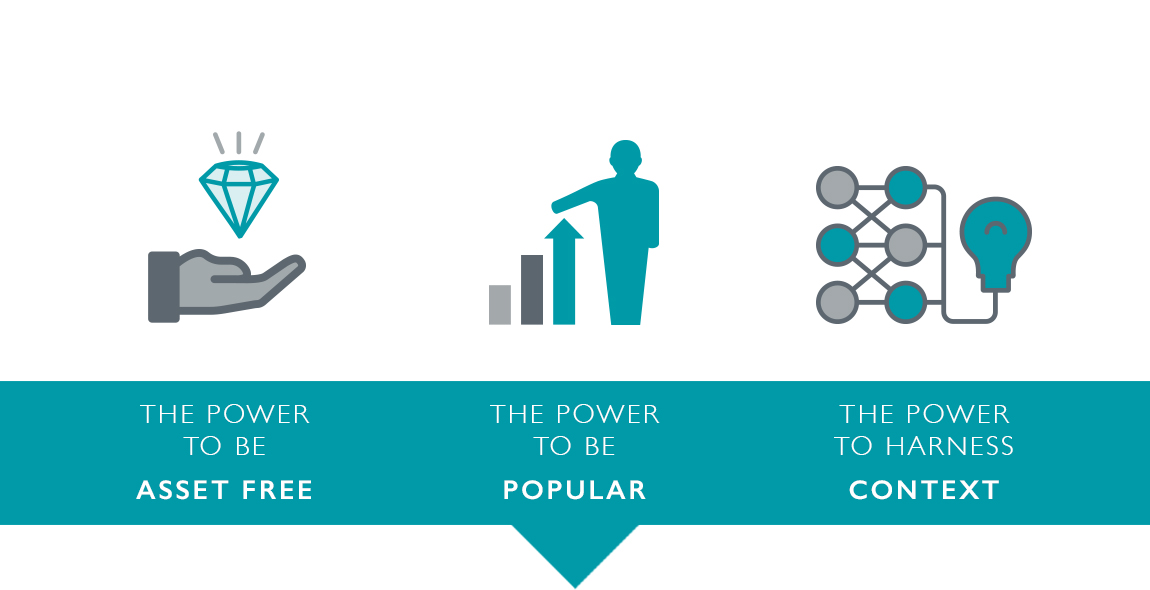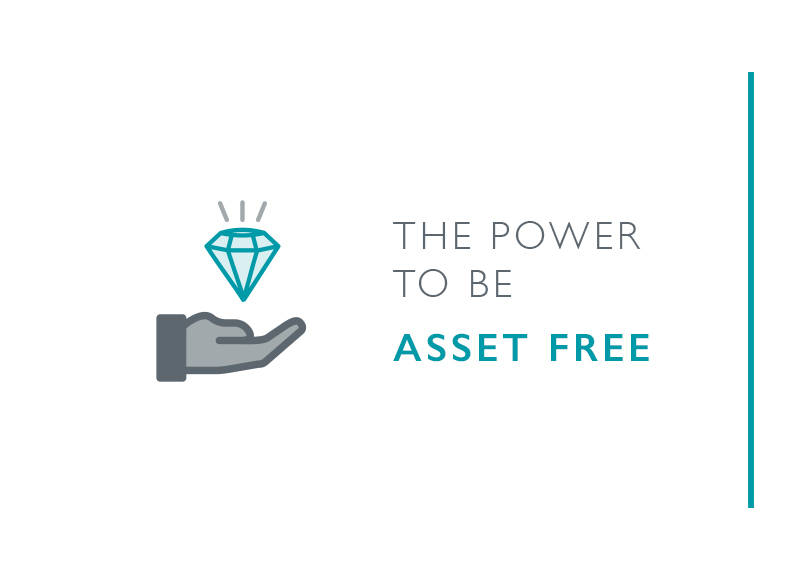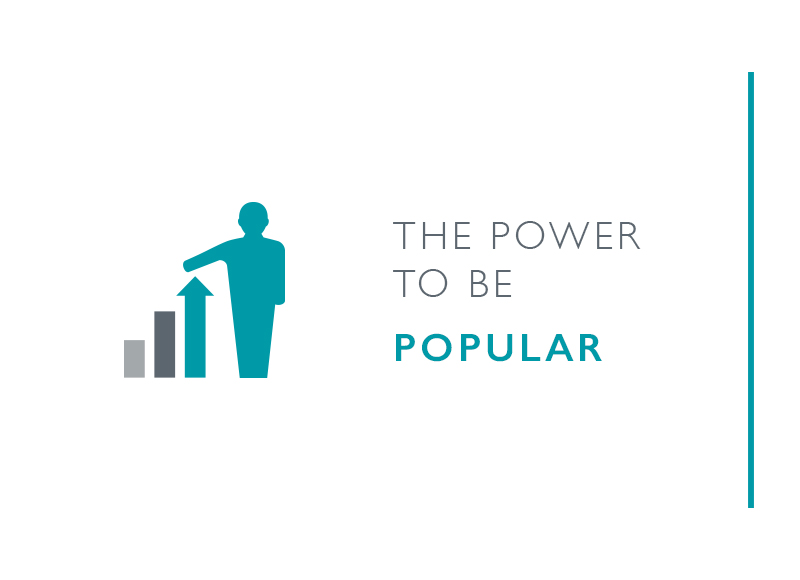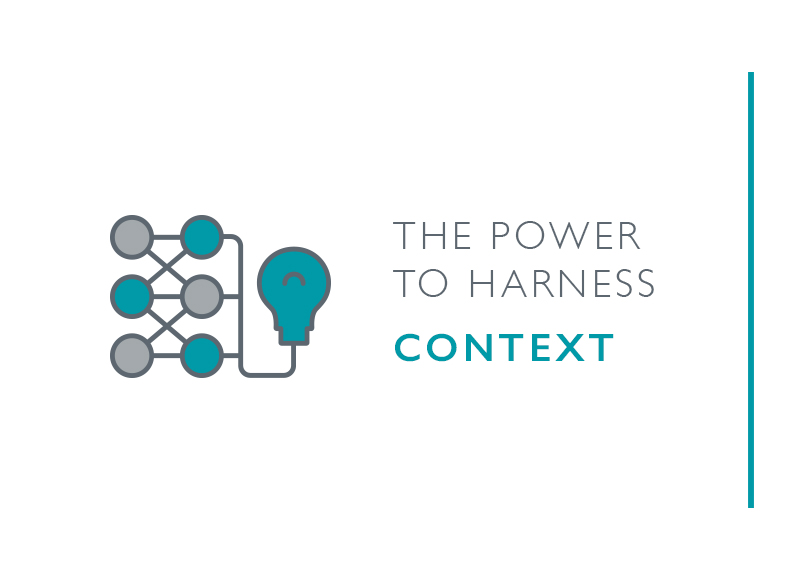Event:
Recent work // 10
Perhaps these case studies will inspire thoughts about opportunities for your business.... →
For general enquiries please contact us on
+44 1223 248888
enquiries2024@innoviatech.com
St Andrew's House, St Andrew's Road
Cambridge CB4 1DL United Kingdom
FIND US
How do you feel your organisation has responded to the challenges of digital?
When we help clients facing digital disruption, we often frame the discussion around the business super-powers that digital can confer. In this article we discuss three of them:

You might wonder why many companies have overlooked digital for so long. Partly, it’s because the word focuses attention on the technology rather than the impact – like describing mobility or transportation as “internal combustion technology”. Also, the potential impact of digital is so far-reaching that it can be hard for some executives to get their heads around: it could change the whole business model, the source of competitive advantage, the customer experience, or even the product itself. It’s more helpful to think of it as “business transformation through digital”.
Because of this broad impact, commentators have become lazy and used the word ‘digital’ as shorthand for a whole range of different things. For the technologist it’s about computers and data format. For the designer or marketer, it means virtual (as opposed to real), or the interface with the user (such as a smartphone). The business manager is probably referring to the business model or the nature of the relationship with their consumer. Disruption happens when change reaches across more than one of these domains.
And digital is not just broad, it also offers powerful new capabilities – let’s call them digital super-powers. Companies that are successfully embracing digital understand these and build strong competitive advantage with them. Let’s have a look at three of these digital super-powers.

Assets, historically, are positive competitive elements. However, in times of disruption, they can become a burden that prevents transformation. In the digital world, physical assets can be shared between companies, or even dispensed with completely. They can be replaced with information, partnerships, or assets owned by the user, like a smartphone.
If a company’s assets are not physical, it can develop and scale them much more quickly. This makes digital competitors more agile. By contrast, during a time of disruption, the incumbent often tries to make the most of their physical assets, even though this approach might actually put them on a faster path to failure. A physical asset is not always an asset.

Businesses need to be popular with their consumers to succeed. Digital has redefined popularity – opinions and beliefs, and even behaviours can self-propagate ‘virally’ online. The traditional need for big marketing budgets has been supplanted, and now even teenagers in their bedrooms can beat seasoned marketing professionals at the popularity game. As a result, big brands are now fighting nimble startups and user platforms like Amazon that harness the power of crowds.
This power arises from the positive feedback systems that are part of the online world. Web searches have positive feedback built-in to the algorithm they use to find and prioritise results. Social networks and online recommendations draw users’ attention to popular ideas and products, which makes them even more popular – and so on. So online popularity can take off exponentially (just think of Gangnam Style). Businesses that focus on ways to hook into these positive feedback loops can gain significant competitive advantage.

If I meet with you personally, I learn much more about you than if I just email you. Your accent, dress code, facial expressions, body posture, and other characteristics are different types of contextual data. These data sources make it much easier for me to guess what you might value and how I can communicate with you more successfully.
Contextual data is also valuable for businesses. Typically, businesses have only gathered data that is closely related to their product or service, and, when they wanted to get better, they just focused on collecting more data, and more precise data, from the same types of users. Now, smart businesses are using the digitally connected world to gather many different types of data from many different sources that are part of the real-life context of the product or user. It can be really hard to make sense of these complex data soups, which is why machine learning and artificial intelligence are used. Contextual data can lead to a much better understanding of cause and effect in the relationship between the product and the user.
As a result, businesses are generating new business value from this contextual knowledge. The product company can design, test and target its products better. And other players in the data chain can create new business models. For example, by aggregating data from the product company along with contextual data from other sources, a startup can sell powerful new insights to the end users, or to other companies targeting the users. The value of these insights can be higher than the value of original product that created the data, and this disrupts the business model of the original product company.
Love it or fear it, digital will change your business. How do you think about the opportunities and threats of digital? What haven’t we mentioned? Please let us know and/or join the conversation on our LinkedIn page.

I’m a physicist and co-founder of Innovia, and I’ve been inspired and educated by smart clients and colleagues for over 30 years. I can’t stop innovating, especially at home, and I drive my family nuts.